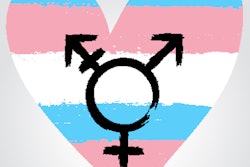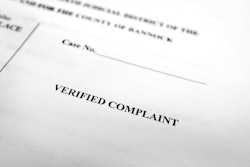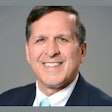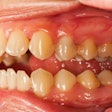Nearly 1 in 10 dentists reported professional prejudices against transgender individuals, and slightly more clinicians reported having social prejudices, according to a new study published on March 14 in Oral Diseases.
Additionally, more than one-third of dentists reported increasing their infection precautions when treating transgender individuals, the authors wrote.
"The increasing visibility of transgender individuals underscores the critical need for healthcare professionals to provide inclusive, informed care," wrote the authors, led by Dr. Gülnur Emingil of Istinye University in Istanbul.
The transgender community faces ongoing discrimination in access to healthcare. The study was conducted to evaluate dentists' attitudes toward transgender individuals. A total of 403 dentists completed a questionnaire assessing demographics, clinical approaches, and knowledge of gender-affirming care, and descriptive statistics were analyzed, according to the study.
Of the dentists, 30 dentists (7.4%) admitted to having professional prejudices against transgender individuals. Meanwhile, 63 (15.6%) reported having social prejudices against transgender people, the authors wrote.
Furthermore, 142 dentists (35.2%) reported increasing their infection precautions when treating transgender patients. On the other side, 243 dentists (60.3%) did not boost their infection precautions, emphasizing that all patients pose a similar potential risk for infections. Among dentists who reported having professional prejudices against transgender individuals, 30 (7.4%) showed a tendency to heighten infection precautions during treatment (p < 0.001), they wrote.
"While studies highlight that 19.9% of trans women and 2.56% of trans men are HIV-positive, reflecting a higher prevalence compared to the general population, it is crucial to emphasize that not all transgender individuals are HIV-positive," the authors wrote.
Nevertheless, the study had limitations -- including that the terminology, specifically the use of male and female -- may have constrained the data collected since they are sex, not gender terms, they wrote.
"This underscores the need for targeted educational initiatives in the dental community," Emingil and colleagues wrote.




















